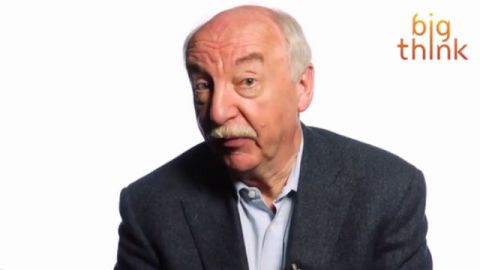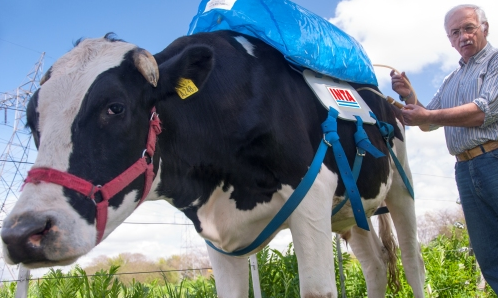Think for Yourself

“This common household object can kill you. Which one is it? Find out at eleven,” says the local news anchor promoting his show. This is an old joke. But the truth of it is that we live with risk. Our lives are full of it. Some risks are of course greater than others. We have experts, featured in magazines and on television, who spout off statistics and try to teach us about how to manage the risks in our lives. Who should we listen to?
Gerd Gigerenzer, the Managing Director of the Max Planck Institute for Human Development and the author of Risk Savvy: How to Make Good Decisions, says that when it comes to risk you have to think for yourself. That’s the only way to cut through the noise. Society, in fact, needs to make a shift toward prioritizing understanding risk so that we don’t let the experts drive us crazy.
“In the good old times people learned how to read and to write. That’s no longer sufficient in the high tech twenty-first century,” says Gigerenzer. “We also need to know how to deal with risk and uncertainty.”
Teenagers need to understand the risk they pose to themselves and others when they text while driving. Parents need to realize that they risk their children’s health when they expose them to regular CT scans; the radiation exposure comes with a slight risk of cancer. These examples of all too common risks, Gigerenzer says, illustrate that we don’t fully understand the chances that we take. Instead of flocking to the experts, to let them dictate how we should live our lives, Gigerenzer argues that we must consider understanding risk as an aspect of self-awareness.
“If you believe that you’re safe by your delegating the responsibility of your wellness and health to experts then you may be disappointed,” he says. “Many experts do not know how to communicate probabilities or try to protect themselves against you as a potential plaintiff. So you have to think yourself. And that’s the key message.”
For more on understanding risk, watch this clip from Big Think’s interview:





